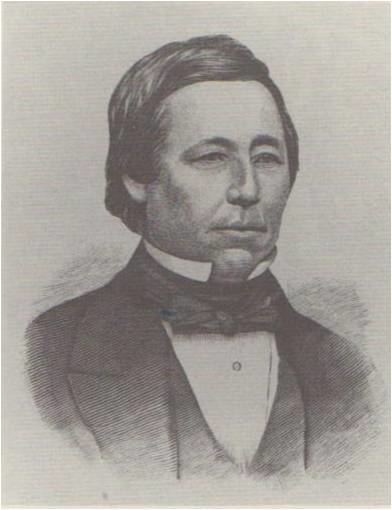Years of service 1755-1783 | Name Jonathan Eddy | |
 | ||
Battles/wars French and Indian WarBattle of BeausejourAmerican Revolutionary WarBattle of Fort CumberlandBattle of Machias (1777) Died 1804, Maine, United States People also search for Joseph Goreham, George Collier, Robert Monckton | ||
Jonathan Eddy with Beacon Fisheries, a presentor at the Fruge's School of Fish III
Jonathan Eddy (c. 1726–1804) served for the British in the French and Indian War and for the American Patriots in the American Revolution. After the French and Indian War he settled in Nova Scotia as a New England Planter, becoming a member of the General Assembly of Nova Scotia. During the American Revolutionary War, he was strongly supportive of the rebellion against the Crown. He encouraged the residents of Nova Scotia to join in open revolt against King George III and England. He led a failed attempt to capture Fort Cumberland in 1776 and was forced to retreat to Massachusetts, the place of his birth. The following year he led the defense of Machias, Maine during the Battle of Machias (1777). After the war he established the community now known as Eddington, Maine in 1784, where he died.
Contents
- Jonathan Eddy with Beacon Fisheries a presentor at the Fruges School of Fish III
- Jonathan Eddy
- French and Indian War
- American Revolution
- Siege of Fort Cumberland
- References

Jonathan Eddy
French and Indian War
Jonathan Eddy was born in Norton, Massachusetts in 1726 or 1727. In 1755 he enlisted in the Massachusetts militia and participated in Robert Monckton's successful capture of Fort Beauséjour on the Isthmus of Chignecto in the French and Indian War. He received a militia captain's commission in 1758, when he apparently saw no action, and again in 1759, when his company was garrisoned at Fort Cumberland (the name Fort Beauséjour was given after its capture). After the war, Eddy returned home to Norton, only to return to Cumberland as a New England Planter in 1763. From 1770 to 1775 he served in the Nova Scotia House of Assembly.
American Revolution
When the American Revolutionary War began in Massachusetts in 1775 he openly supported the rebellion. Following Governor Francis Legge's crackdown on seditious persons and seeing an opportunity, Jonathan Eddy fled to his riding in Cumberland. He made frequent excursions to see Samuel Adams and the General Court of Massachusetts as well as to General George Washington. Here he was met with varying degrees of support for his proposed rebellion. Adams pledged full support, troops, weapons, ammunition and more, whilst George Washington was less enthusiastic and failed to promise direct support for the venture. He was eventually able to convince the Massachusetts legislature to provide logistical support in the form of small arms (muskets) and other military supplies.
In the summer of 1776, Mariot Arbuthnot, the new governor of Nova Scotia, ordered Colonel Joseph Goreham's Royal Fencible Americans to secure Fort Cumberland and keep watch for any signs of an American invasion of the province. Eddy, knowing he was being monitored by authorities loyal to the Crown, fled to Massachusetts where he was made a full colonel in the Continental Army and was given authority to raise a regiment of his own with the sole purpose of the invasion of Nova Scotia through Cumberland and Truro and then east into Halifax.
Siege of Fort Cumberland
Shortly after General William Howe's army departed Nova Scotia to attack New York in 1776, Eddy made his move. His force of 180 American militiamen, Natives, and Nova Scotians marched on Fort Cumberland. They attempted to storm the fort on November 13, 1776 but were repulsed. Two more attempts were made on the 22nd and 23 November, but on the 28th the HMS Vulture arrived at the head of the Bay of Fundy with British Royal Marines aboard and relieved the fort in a joint operation with the RFA garrison. Eddy and his militia force were scattered, eventually regrouping near the Saint John River. Eddy and many of his supporters who had lived near the fort had their properties destroyed in retaliation.
Eddy spent the remainder of the war managing the defense of Machias in the District of Maine (then a part of Massachusetts), and was awarded a tract of land in the Ohio Country in 1801 for his role in the war. He moved to Stoughtonham after the war, where he served in the Massachusetts legislature. In 1784 he established a settlement on the eastern bank of the Penobscot River that grew to become Eddington, Maine, where he died in 1804.
